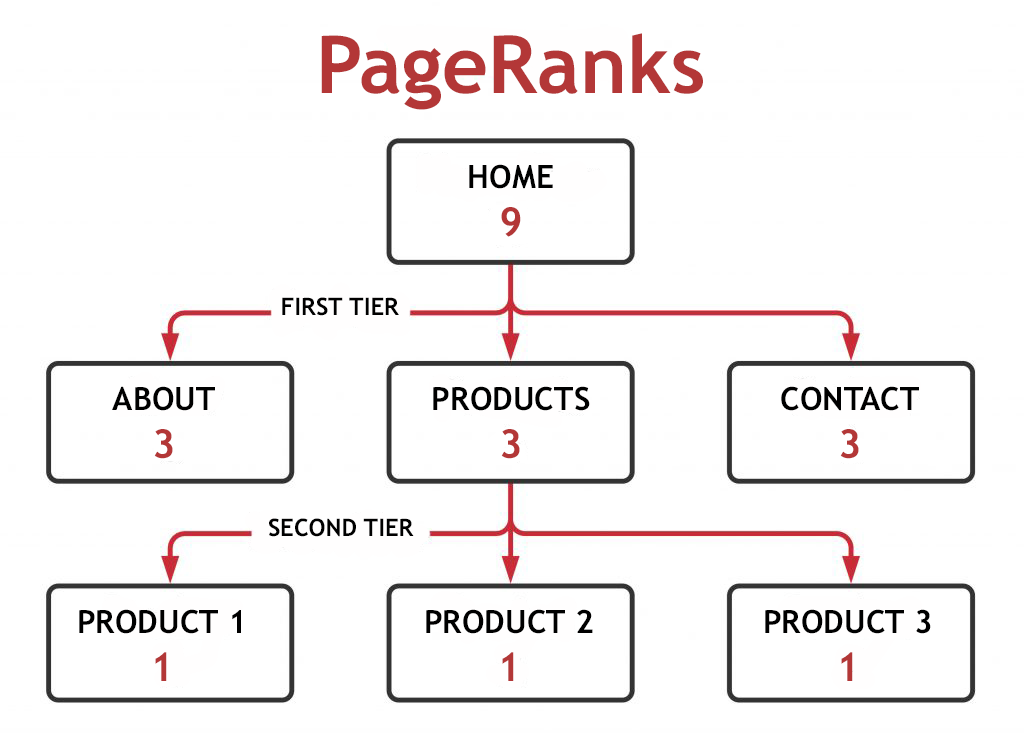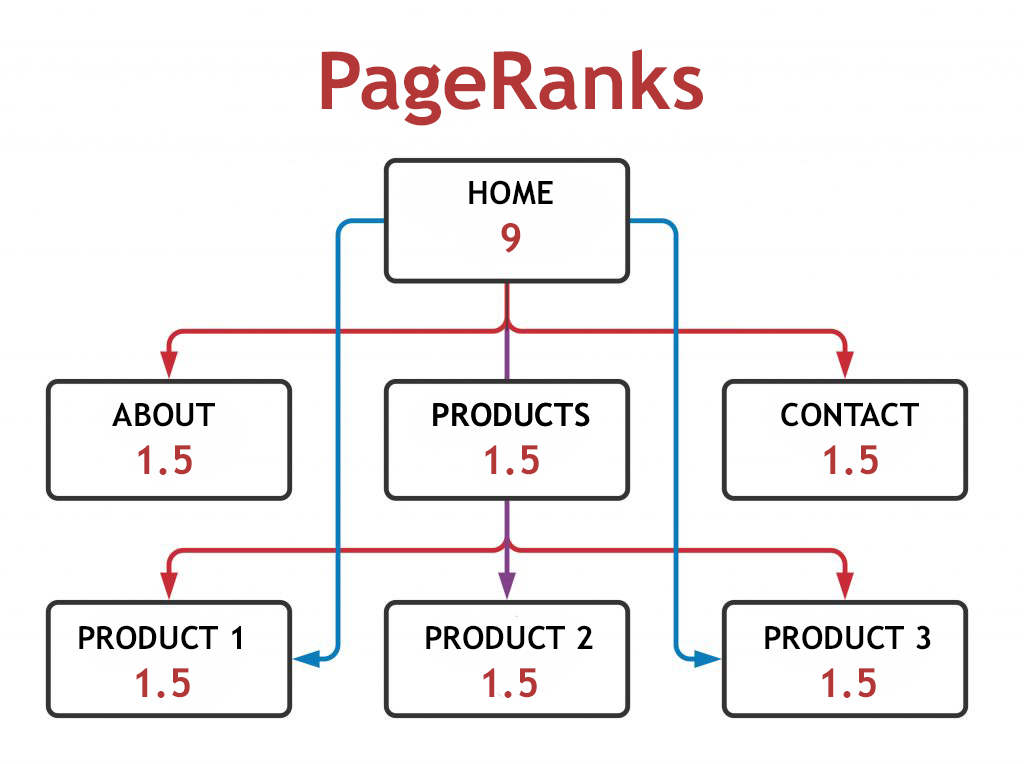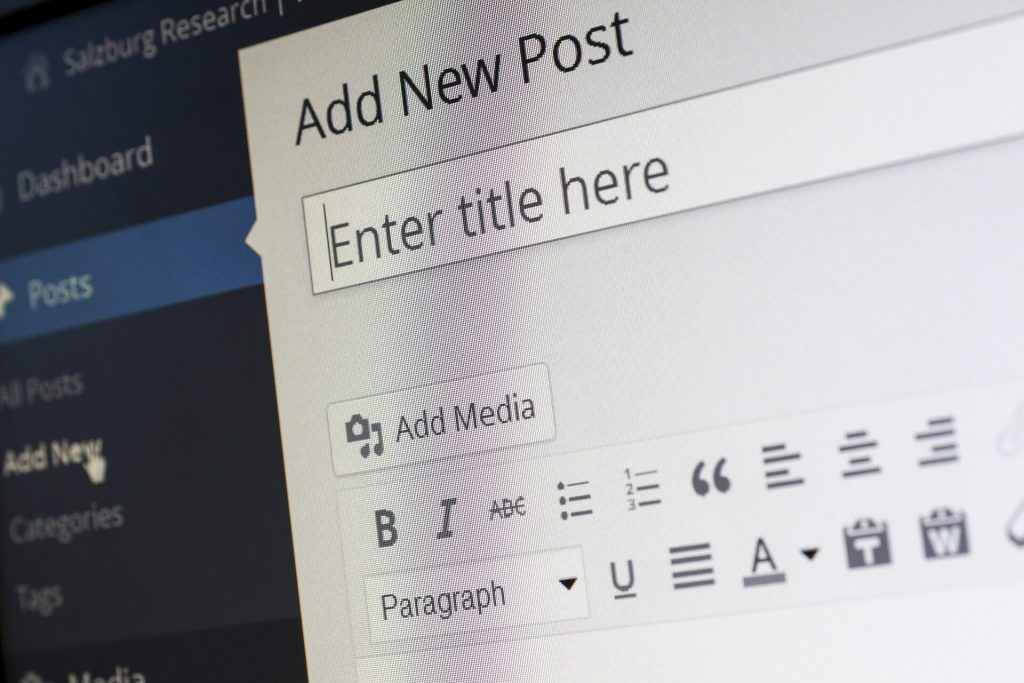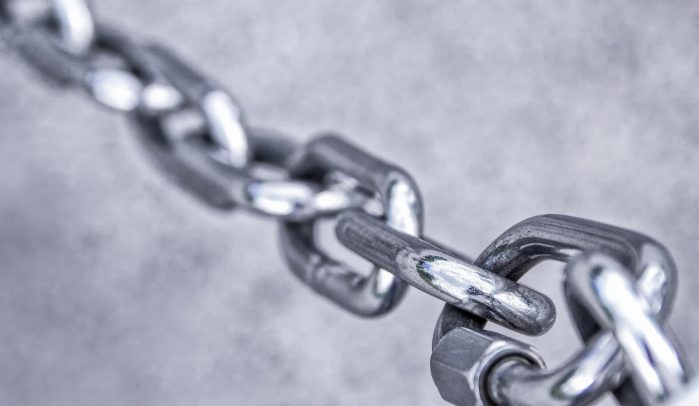UPDATED SEPTEMBER 19, 2023
What are backlinks?
This is a beginners’ guide, so let’s start right at the beginning.
A backlink is a link that comes to your website, or a page of your website, from a page on a different website.
In other words, you get a backlink to your website when someone else links to your website from their website.
Why backlinks are important
Backlinks are part of an effective SEO strategy and they’re important for a number of reasons.
For example, backlinks:
- Build your website’s authority
- Help to drive more traffic to your website
- Show Google your site is rated highly by users and has content worth linking to
- Can help your site achieve a higher ranking in the search engines.
The two kinds of backlink
There are two types of backlinks you can use to link to a website.
✅ Dofollow backlinks
Dofollow links are the ones that pass value to your site and are valuable for your SEO.
We use dofollow links when we want to share content and give credit.
❌ Nofollow backlinks
Nofollow backlinks don’t pass any value to your website.
We use nofollow links when we want to reference a site without giving it any credit — for example, if it’s a bad site.
Backlinks in forums, social media posts and comments sections are now set to nofollow by default. This is because these places have historically been used to distribute spam.
Why it’s best to get high quality backlinks
When it comes to your backlinks, quality matters. One high-quality backlink can outperform several of lower quality.
Poor quality backlinks can actually be harmful to your SEO. These sometimes come from spammy directory listings, so if your site is listed on any questionable directories, it’s a good idea to get those links removed.
The best quality backlinks come from web pages with a high PageRank score.
What is a PageRank score?
PageRank is Google’s way of measuring the importance of your website.
Each page of your website is given a PageRank score according to the number of links it has and the quality of those links.
Public access to PageRank scores was withdrawn in 2016, so you can’t see those scores any more, but it’s been confirmed by several sources that they’re still used behind the scenes.
How PageRanks work
The Home page of your website will have the highest PageRank score and this score will be divided up and distributed through the other pages.
The diagram below shows you how this works.


In the diagram, the Home page has a PageRank score of 9.
The Home page links directly to the three pages on the first tier. Its score of 9 is divided equally between those three pages, so they each get a PageRank score of 3.
The Products page then links directly to three further pages on the second tier. Its score of 3 is divided equally between those three pages, so they each get a PageRank score of 1.
Increasing the rank of an internal page
What if your second tier pages are as valuable as the first tier and you want to increase their page rank?
Well, in that case, you could do this:


If you link from the Home page directly to all six pages, then each of those pages will get an equal share of the Home page’s 9 — so 1.5 each.
How to check your existing backlinks
Before you start thinking about getting new backlinks for your website, it’s a good idea to check what backlinks you already have — or may be entitled to.
What backlinks do you already have?
You can find out who already links to you using a backlink checker. There are numerous backlink checkers online, but you can also do it using your Google Search Console account.
What backlinks should you have, but don’t?
Unlinked mentions
Some sites may give you a mention, but no backlink. You can find these using Rank Tank’s free Unlinked Mentions Finder (sign-up required). If a website is mentioning you without giving you a backlink, you may be able to contact them and request one.
Broken links
Pages online are sometimes moved or renamed, resulting in a broken link. This is something to think about if you’re getting a new website designed and some of your URLs might change.
You can check for broken links using SEO Review Tools’ Broken Link Checker. Then contact the link host and ask them to update it.
You can also set up a 301 redirect — but, if you do this, you must make sure the page contains the same content.
How NOT to get backlinks
When getting backlinks to your website, there are some things you definitely shouldn’t do. Let’s start with those.
NEVER pay for backlinks
I can’t stress this enough.
Yes, there are lots of people still selling backlinks. But paying for them is against Google’s terms and, if you’re caught, there could be serious consequences. It’s simply not worth the risk.
Avoid poor quality directory listings
Poor quality directory listings can do more harm than good.
According to Moz, a poor quality directory is typically one that:
- Doesn’t have human editors in place
- Gives you a worthless nofollow link to your site
- Has a low proportion of its pages indexed by Google
- Has low domain authority (DA) score
- Is covered in spammy advertising and full of errors.
How to get backlinks to your website
There are a number of ways to get quality backlinks to your website. The important thing to remember is that whatever you do should be of value.
Here are a few examples:
Give a testimonial
Giving a testimonial to a company or individual your company has worked with should also result in a link to your website.
Create reciprocal links
Do you have other businesses you partner with regularly? If so, you could posts links to each other’s websites.
Sponsor a charity or event
Charities and events always need sponsors. In return, you’ll get your website link in all the online promotional material.
Create a resources page
A resource page is a curated list of high quality links that are useful to people looking for certain things. For example, vegan recipes or free SEO tools. Your page should be valuable and something people want to link to.
Create an infographic
An infographic is a set of data that’s showcased in a highly visual way, using graphics and images. Infographics are not covered by the same duplicate content rules as written content, so they can be shared widely. Just make sure there’s an active link to your website at the bottom.
Create your own quality content
High quality content is packed with value, which makes people want to share it. Ideally, your content should be long and detailed — but short and detailed is better than long and waffly. If you’ve been creating content for a while, you may already have linkable assets you can use to their full potential.
Create link-earning content
Link-earning content is different to your own content marketing. It could be curated content, such as surveys, interviews and round-ups of quotes the experts have said. You could also produce a long-form guide that teaches people how to do something valuable.
These are just examples
Anything you produce that is useful to others could earn you a link. The main things to remember are:
- Be valuable — always
- Stay true and relevant to your brand
- Monitor where your content is being used and make sure you’re getting those backlinks from it.
For example, anything that saves someone the time and effort of doing their own research. In this case, pulling together facts and figures from reputable sources is something that creates a lot of value for not much effort.
It doesn’t have to be text-based. For example, you could take some useful photographs and make them available for others to use. Using a Creative Commons licence, means that anyone who uses them will be obliged give you an attribution — and a link to your website.
You might also like…






About the author
I’m Jenny Lucas, a freelance copywriter and content writer, based in Leicester, UK.
I specialise in writing effective SEO copy and content for websites and blogs.
If you need some help to create high quality written content for your business, you can find out more about me and the services I offer on my main website.


